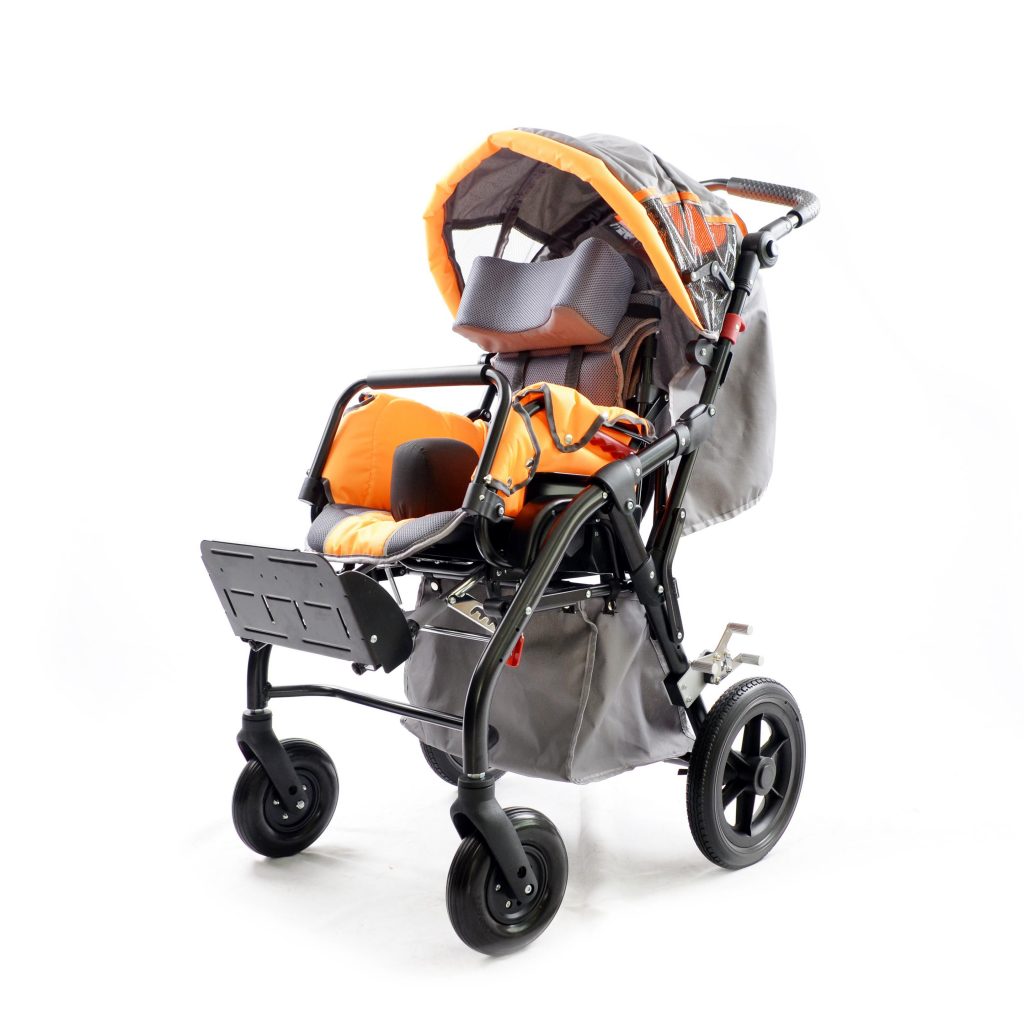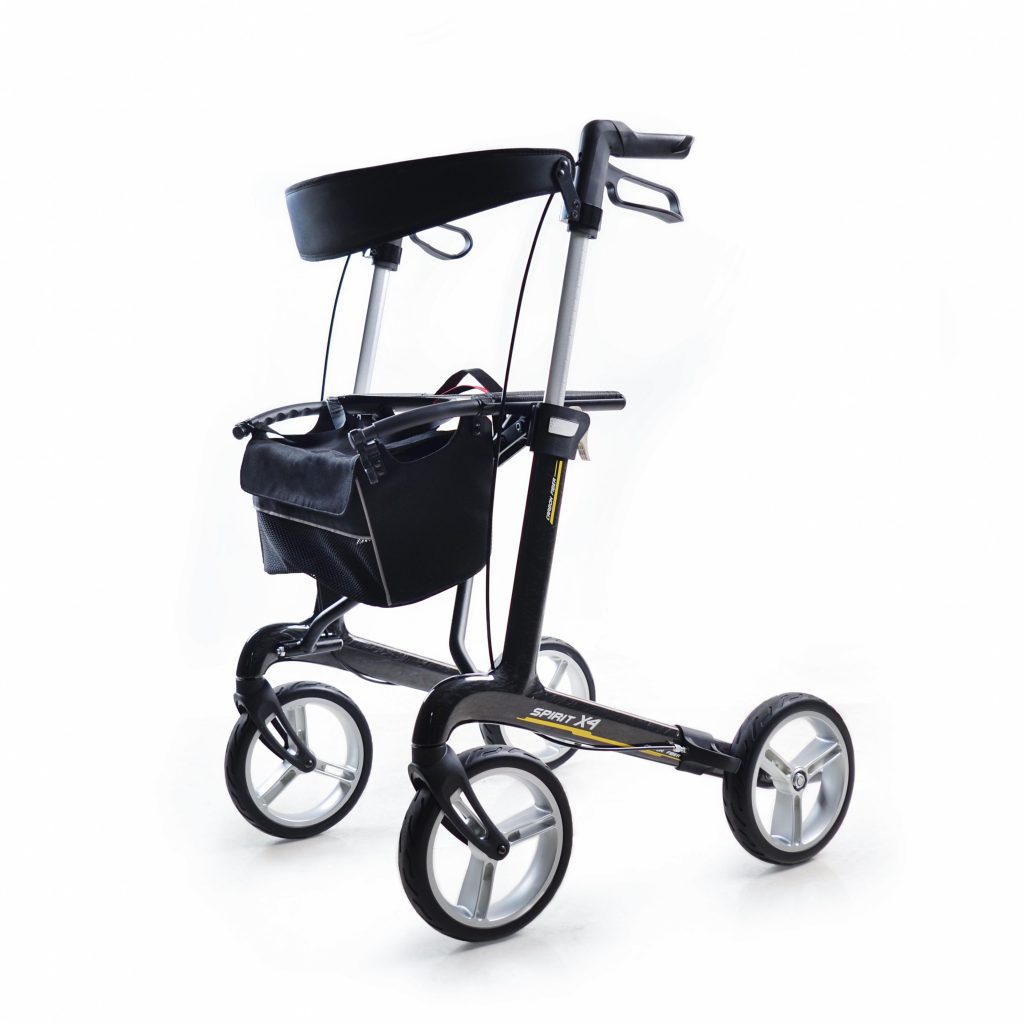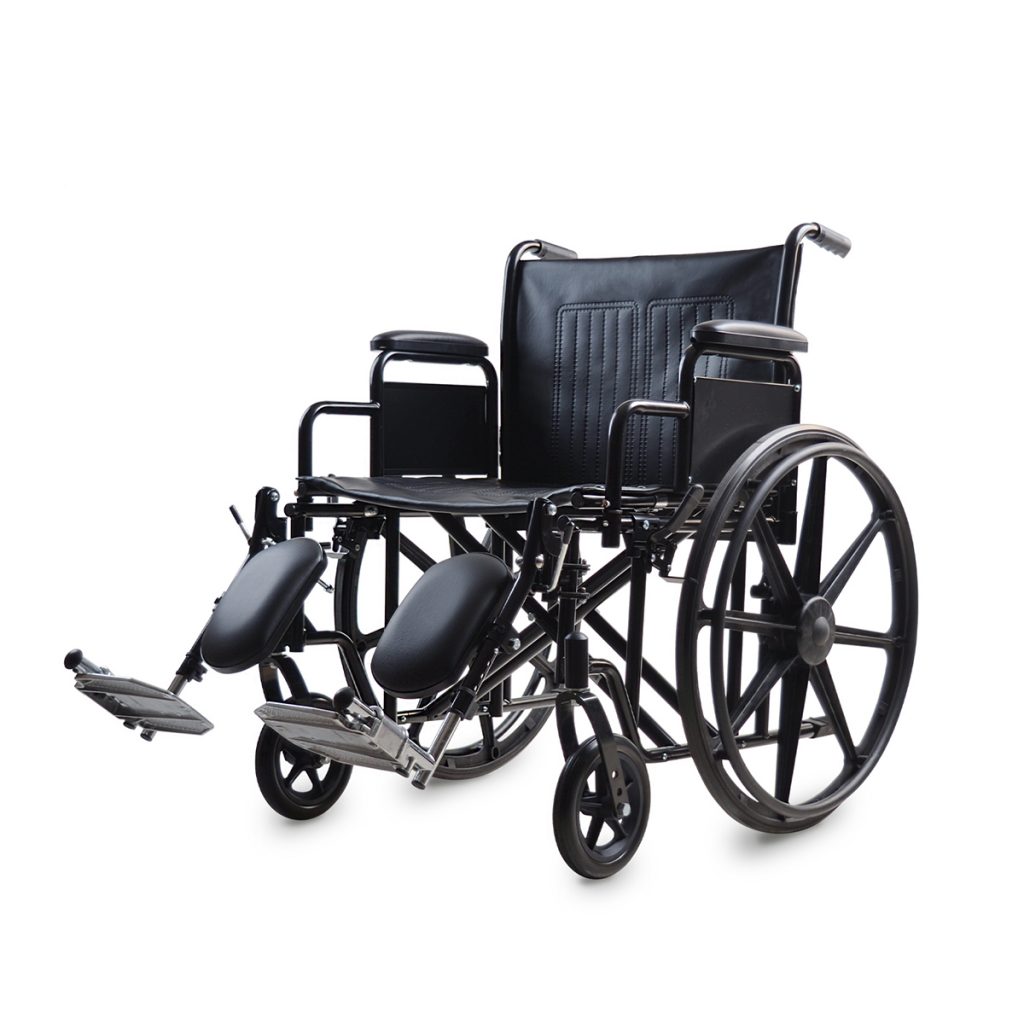Contact Us
The Role of Rehabilitation Equipment in Supporting Diverse Patient Needs
Introduction
In healthcare today, rehabilitation equipment has become a cornerstone of effective treatment plans for patients with mobility challenges, disabilities, and other impairments. According to the World Health Organization (WHO), about 2.4 billion people globally require some form of rehabilitation due to various factors, including injuries, chronic diseases, and age-related conditions. Rehabilitation devices cater to a wide range of needs, from mobility enhancement to daily living support, thus enabling individuals to improve quality of life.
Healthcare providers are increasingly emphasizing tailored rehabilitation plans that incorporate the appropriate equipment. From lightweight wheelchairs to shower chairs, each device is designed to improve physical capabilities, reduce the risk of injury, and enhance user confidence. “Providing personalized rehabilitation support is essential in fostering a patient’s long-term recovery,” notes Dr. Susan Greer, a physical therapist with the American Physical Therapy Association (APTA). As a result, the global rehabilitation equipment market continues to expand, fueled by technological advancements and a growing understanding of patient needs.
Types of Rehabilitation Equipment and Their Functions
Mobility Aids
Mobility aids are devices designed to help patients with movement, stability, and physical support. Key devices include wheelchairs, walkers, and rollators, each of which addresses specific mobility needs. For instance, traditional wheelchairs provide essential seating and support for individuals with limited or no mobility in their lower limbs, while rollators offer a more flexible solution for those who require some assistance but retain partial mobility.
Recent innovations in wheelchair design have introduced features such as lightweight carbon fiber frames, such as E-LITE, adjustable seating, and power-assist options. These advancements, according to the APTA, significantly enhance user comfort and independence. “Mobility aids are no longer just about basic movement,” Dr. Greer explains, “they’re about providing a high degree of autonomy with minimal strain on the user”. These devices can be used in homes, rehabilitation centers, and public spaces, making them versatile in a variety of environments.
Daily Living Aids
In addition to movement, daily living aids are crucial for supporting patients in completing everyday tasks. Devices like lift chairs, shower stools, and bed rails allow individuals to perform essential activities, such as bathing and getting out of bed, safely and independently. Daily living aids can substantially reduce fall risks among older adults, creating a safer home environment.
Lift chairs, for example, offer mechanical assistance in standing up, which is particularly beneficial for patients with knee or hip issues. Shower stools and grab bars, commonly used in bathrooms, provide stability and reduce the risk of slipping, which can be a major concern for elderly individuals or those recovering from surgery. As the demand for at-home rehabilitation grows, daily living aids are increasingly viewed as essential components of a comprehensive care plan.
Applications for Different Patient Groups
Children with Cerebral Palsy
For children with cerebral palsy, which affects motor control and muscle tone, customized rehabilitation equipment is invaluable. Specialized wheelchairs and standing frames are often integrated into treatment plans to promote muscle strength and encourage active participation in social activities. Using assistive devices like our pediatric wheelchair YK8001 early in life can lead to better outcomes in terms of physical development and social engagement.
Standing frames, for instance, help maintain proper posture and muscle development, essential for long-term health. Adaptive wheelchairs, on the other hand, are designed to provide physical support while allowing children to navigate school and play environments independently. Research shows that this independence boosts confidence and enhances quality of life, laying a strong foundation for future social and academic engagement.
Elderly Individuals
The elderly population, particularly those with conditions like arthritis, osteoporosis, or balance issues, frequently benefits from mobility aids like walkers and lightweight wheelchairs. According to a study by the American Geriatrics Society, the use of mobility aids can reduce fall rates by nearly 50%, thus significantly enhancing the quality of life for older adults.
Walkers and rollators designed for older adults often feature lightweight frames, such as SPIRIT X4, easy-fold mechanisms, and ergonomic handles to minimize strain. These features make them convenient for daily use and transport, enabling elderly individuals to retain a level of independence in their homes and communities. “For elderly users, it’s not just about mobility; it’s about confidence and the ability to maintain one’s lifestyle,” says Dr. Amy Tran, a gerontologist with the American Geriatrics Society.
High-Weight Individuals
Bariatric rehabilitation equipment, such as reinforced wheelchairs and wide-frame walkers, is designed to provide the necessary support and stability for individuals with high body weight. These devices promote physical activity by providing the structural support needed for effective rehabilitation.
Bariatric wheelchairs, such as our heavy-duty wheelchair YK9052B K7, are built with durable materials and wider seats to accommodate higher weight capacities, thus ensuring user safety and comfort. Reinforced walkers offer additional support for mobility and include features like adjustable handles and heavy-duty frames. Access to weight-supportive devices empowers patients to move confidently, which can lead to more consistent physical activity and contribute to weight management goals.
Individuals with Limited Upper Limb Strength
For patients with conditions like muscular dystrophy or spinal cord injuries, which impair upper limb strength, electric wheelchairs and hands-free aids offer critical support. These devices allow users to navigate environments without requiring significant manual strength, thus fostering independence in daily life. Powered mobility aids can significantly improve user autonomy, enabling people to participate actively in their communities.
Electric wheelchairs like STAR, for example, are equipped with easy-to-use controls that require minimal hand movement, allowing individuals to maneuver through different environments without strain. These tools enable users to maintain independence, which is vital for psychological well-being as well as physical health.
Conclusion
In today’s healthcare landscape, rehabilitation equipment plays a central role in addressing the diverse needs of patients across age groups and medical conditions. From assisting children with cerebral palsy to supporting elderly individuals and high-weight patients, these devices offer personalized solutions that foster recovery and enhance quality of life. With the global population aging and the prevalence of chronic illnesses on the rise, the demand for inclusive, versatile rehabilitation devices is expected to grow.
The integration of technology, such as voice-controlled wheelchairs and smart home aids, continues to expand the potential of rehabilitation equipment, transforming the way people experience care. Rehabilitation devices are no longer limited to basic support; they now represent empowerment and autonomy for those with mobility limitations. As healthcare providers, patients, and device manufacturers collaborate to drive innovation, rehabilitation equipment will remain a vital part of supporting patient recovery, independence, and long-term well-being.





